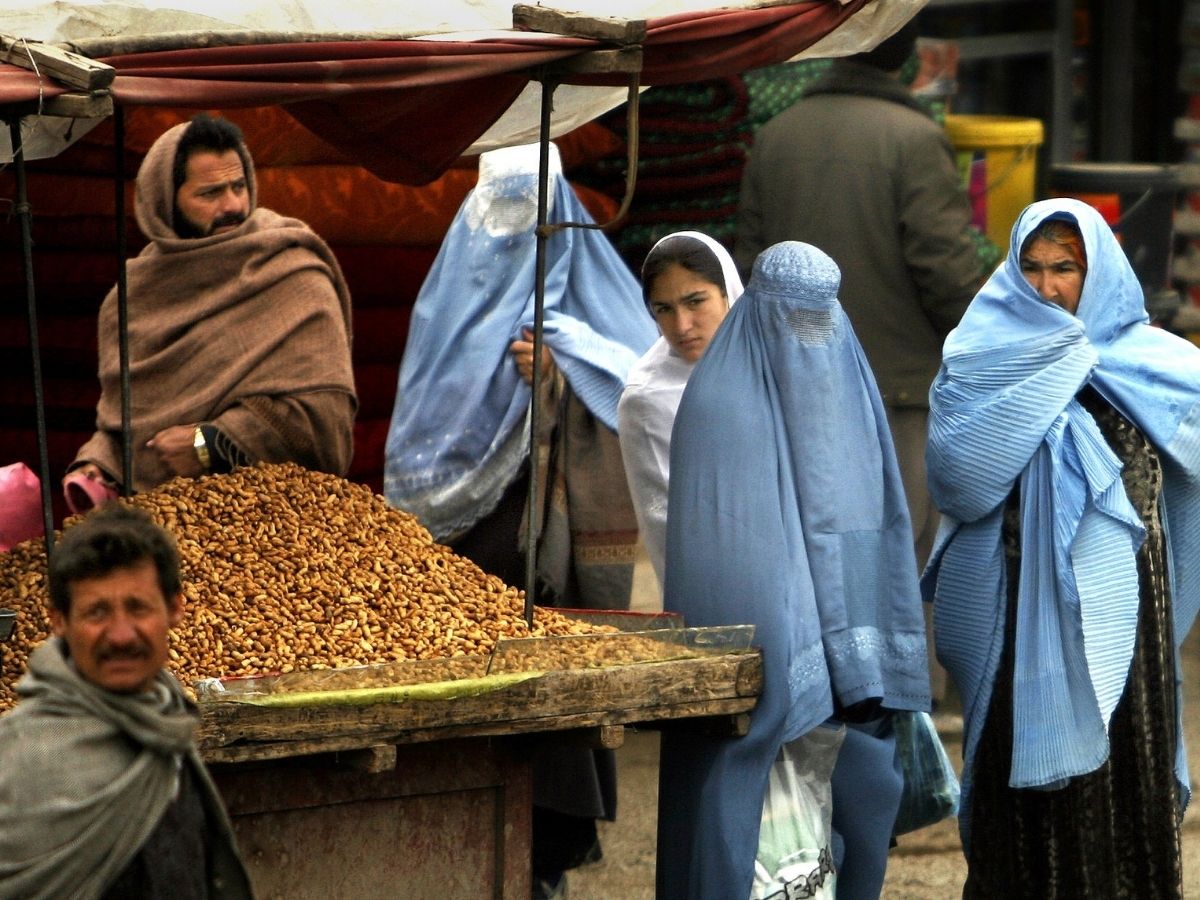As Afghanistan enters its fifth year under Taliban control, the country faces complex challenges and uncertain prospects. The Taliban took power again in 2021, consolidating authority but facing growing difficulties amid internal and external pressures. Here are five essential points to understand the current situation.
The Supreme Leader’ Firm Grip on Power
Since 2016, Kandahar-based Hibatullah Akhundzada has led the Taliban from insurgency to ruling Afghanistan. His vision centers around establishing a strict Islamic system, reinforced by the Propagation of Virtue and Prevention of Vice Law ratified last year, which governs many aspects of daily life, including social interactions, according to a report published by The Associated Press.
Stressing on what he called were the Taliban’s “sacrifices” for implementing Islamic law, Akhundzada had in June reportedly said, “It was obligatory to follow the leadership’s commands and directives, and everyone was required to act within the bounds of this obedience.” Supporters highlight his religious authority, with one official even equating Akhundzada’s criticism to an act of blasphemy and calling obedience a “divine order”, as reported by the AP.
A senior analyst at Crisis Group told the news agency that he (the leader) decides “what moves and what doesn’t move, what happens and what doesn’t.” Observers say Akhundzada has seemingly made himself indispensable, centralising control over the military and sidelining rivals, including, most recently, Interior Minister Sirajuddin Haqqani.
Taliban’s Internal Differences Are Suppressed
Despite internal calls to ease restrictions on women for global acceptance even during the initial stages of takeover, Akhundzada’s faction appears to have prevailed, with the group continuing to maintain hardline policies. Some Taliban officials who questioned the strict bans have reportedly fled the country. Reports suggest Akhundzada now effectively controls the South Asian country’s weapons and military directly, strengthening his faction’s dominance.
No Change in Women’s Rights
Women and girls remain largely excluded from public life even after widespread calls from international agencies and world leaders. Russia’s recent recognition of the Taliban government was condemned by Afghan women’s rights activists. Zahra Nader, editor of the Afghan women-led Zan Times newsroom, called it a “deeply troubling” signal that the Taliban can continue suppressing women without consequences, as reported by The Associated Press.
“The absence of visible protest should not be mistaken for acceptance. It reflects the extreme risks people face for dissent,” AP quoted Nader as saying as the Afghan journalist also noted that women are preparing “emotionally and intellectually” for life beyond Taliban rule, despite little faith that the current regime will change its stance.
Regional Relations Are Practical, Not Trusting
The Taliban’s foreign relations, meanwhile, focus on more practical day-to-day issues involving borders, water and security among others. The country’s strategic location between Central Asia, South Asia, and the Middle East ensures that Afghanistan’s regional neighbours engage with the Taliban despite concerns about rights and governance, the report said.
The UK-based International Institute for Strategic Studies noted the “creeping normalisation” of Taliban relations regionally, moving away from Western non-recognition. Many Afghans have described this trend as painful as they feel that their suffering is often “sidelined” for political interests.
The Real Test Lies Ahead
The Taliban now face significant economic and humanitarian challenges. After the US ended emergency aid in April, thousands of Afghans have reportedly lost jobs, especially women, as NGOs are cutting back on funds. Reduced humanitarian presence, experts say, risks increasing tensions and violence as communities are left to compete for scarce resources.
Afghanistan’s population growth — expected to reach nearly 77 million by 2050 — combined with shrinking aid and remittances, appears to be adding pressure to the already volatile region.
Highlighting that the current situation on ground is more dire, Thomas Ruttig from the Afghanistan Analysts Network said Afghans have historically coped with hardship, but “they needed to think about whether they wanted to govern the country simply to rule it, or to make Afghanistan a better place to live.”







